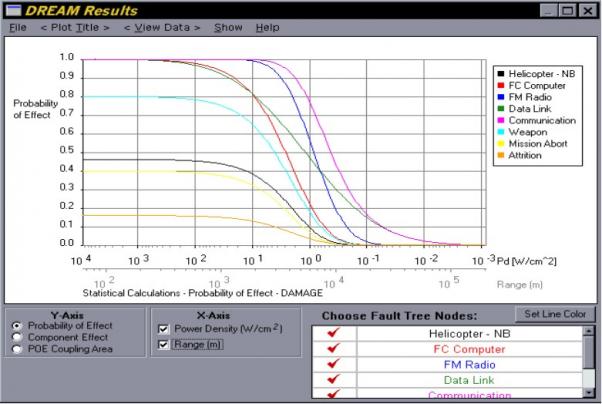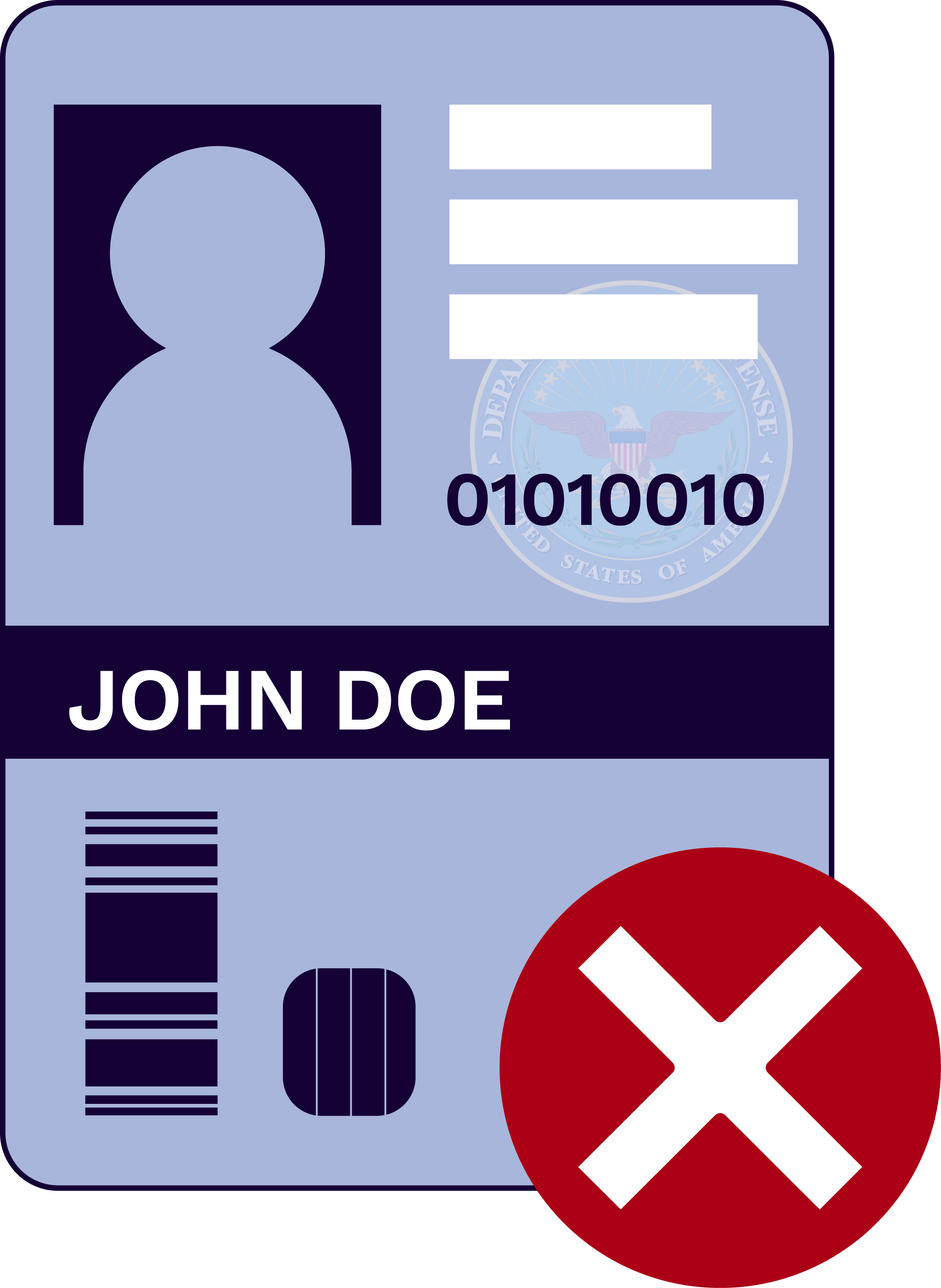The Directed Radio Frequency Energy Assessment Model (DREAM) is an engineering/engagement level model that simulates the interaction between a High-Power Radio Frequency/Microwave Directed Energy Weapon (HPM DEW) and a target system and calculates/estimates a target’s probability of electronic upset and/or damage as a function of the HPM DEW power density on tar get and range. DREAM is primarily used for making pre-test predictions and investigating the HPM DEW concepts.
get and range. DREAM is primarily used for making pre-test predictions and investigating the HPM DEW concepts.
DREAM runs on modern personal computers (PCs) that use Microsoft (MS) Windows operating systems, such as Windows 7 and now Windows 10. DREAM was originally developed by ARL and SPARTA, Inc under the sponsorship of the Joint Technical Coordinating Group on Aircraft Survivability (JTCG/AS) and ARL. The Air Force Research Laboratory (AFRL) is now the model manager for DREAM. DREAM is now available through the Defense Systems Information Analysis Center (DSIAC) website.



